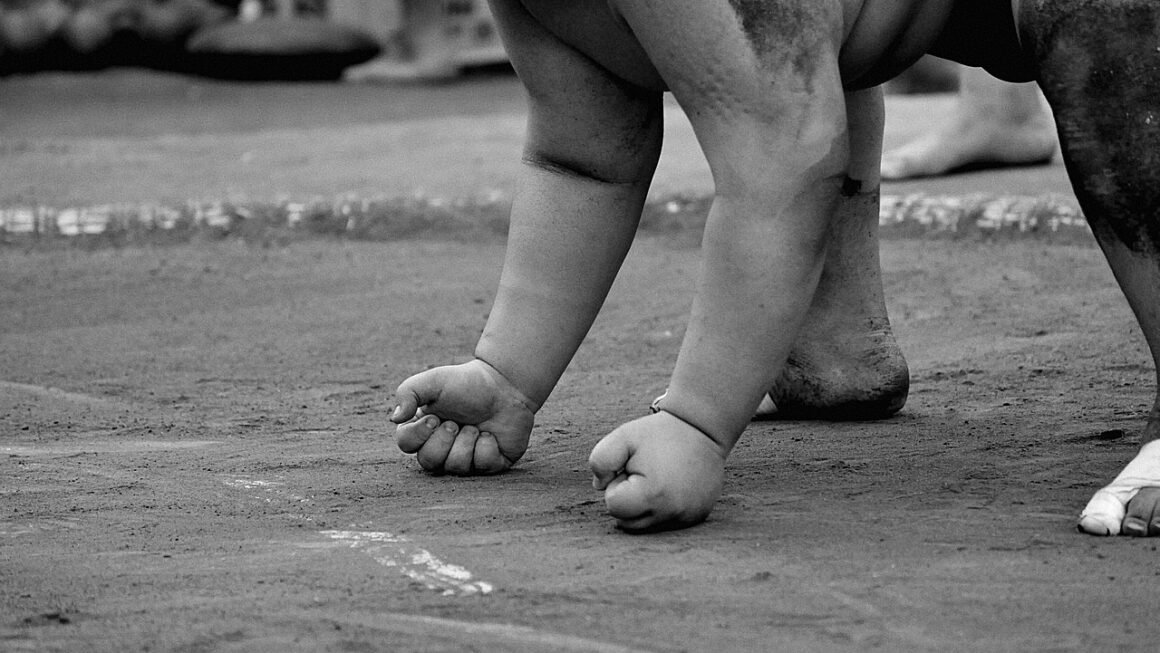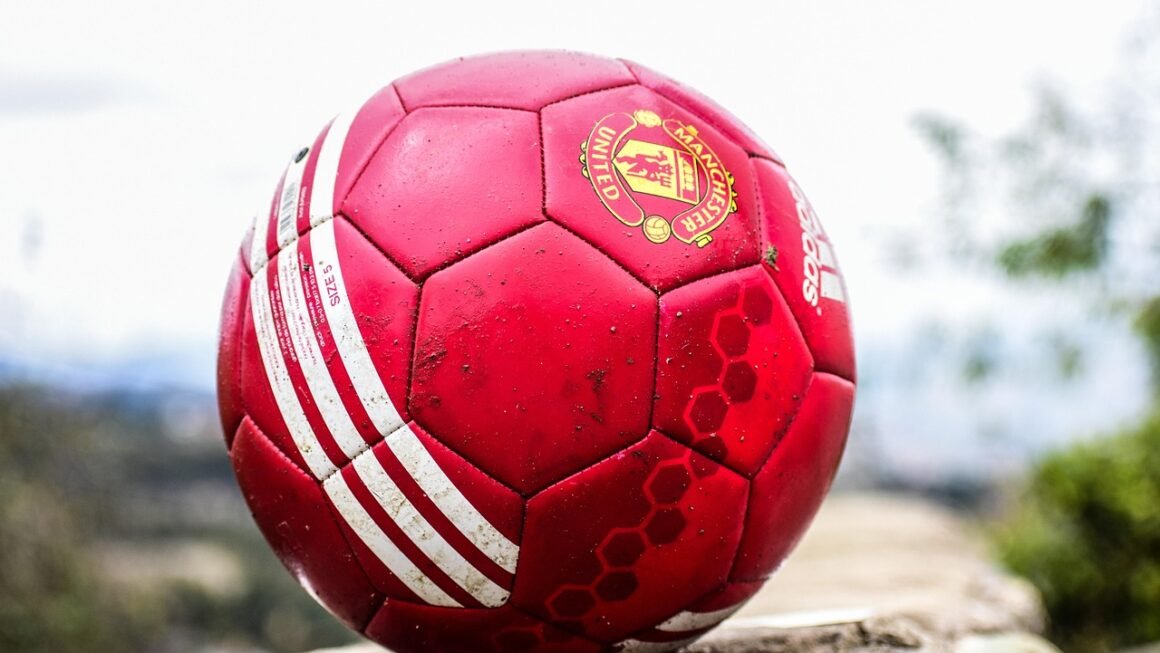Dive into the silent world, where breath is your only tether and the ocean’s depths beckon with a unique allure. Freediving, the art of diving underwater on a single breath, offers an unparalleled connection with the marine environment. It’s a journey of self-discovery, physical endurance, and mental fortitude. More than just a sport, it’s a meditative practice that fosters respect for the ocean and its inhabitants. This article will guide you through the captivating world of freediving, from its basic principles to its profound impact.
What is Freediving?
The Essence of Breath-Hold Diving
Freediving, at its core, is about exploring the underwater realm on a single breath of air. Unlike scuba diving, which relies on external air sources, freediving encourages you to rely on your body’s natural capabilities. This discipline encompasses various techniques, from static apnea (breath-holding while stationary) to dynamic apnea (swimming horizontally underwater) and deep dives into the abyss.
- Static Apnea: Holding your breath for as long as possible while floating on the surface.
- Dynamic Apnea: Swimming underwater horizontally for distance.
- Constant Weight Freediving: Descending and ascending using only fin propulsion, maintaining the same weight.
- Free Immersion: Descending and ascending by pulling along a rope.
The sport emphasizes safety, proper training, and respect for the marine environment. Freedivers often describe a sense of profound calm and focus as they descend, a feeling of oneness with the ocean.
Freediving vs. Scuba Diving: Key Differences
While both involve underwater exploration, freediving and scuba diving differ significantly in equipment, techniques, and overall experience.
- Equipment: Scuba diving requires bulky equipment like tanks, regulators, and BCDs (Buoyancy Control Devices). Freediving, on the other hand, uses minimal gear: fins, a mask, a snorkel, a wetsuit, and a weight belt.
- Breathing: Scuba divers breathe compressed air underwater, allowing for extended bottom times. Freedivers rely solely on a single breath, requiring them to optimize their oxygen consumption and manage their physiological responses.
- Training: Scuba diving training focuses on equipment operation and dive planning. Freediving training emphasizes breath-holding techniques, equalization, relaxation, and safety protocols.
- Experience: Scuba diving offers a more leisurely exploration of the underwater world. Freediving provides a more intimate and challenging connection with the ocean, demanding mental discipline and physical control.
Why Choose Freediving? Benefits and Appeal
Physical and Mental Wellbeing
Freediving offers a wealth of benefits for both physical and mental well-being.
- Improved Cardiovascular Health: Breath-holding exercises can improve heart rate variability and cardiovascular efficiency.
- Increased Lung Capacity: Training can gradually increase lung capacity and elasticity.
- Enhanced Mindfulness and Focus: The need for relaxation and control cultivates a sense of mindfulness and focus.
- Stress Reduction: The meditative aspect of freediving can lower stress levels and promote a sense of calm.
- Physical Fitness: Freediving requires a good level of physical fitness, including strength, flexibility, and endurance.
- Example: Many freedivers report feeling a sense of profound relaxation and mental clarity after a session in the water.
Connecting with the Ocean
Freediving allows for a unique and intimate connection with the marine environment. Without the noise and bubbles of scuba gear, freedivers can move silently through the water, observing marine life without disturbing their natural behavior.
- Observe marine life in their natural habitat without scuba gear noise.
- Experience the underwater world in a raw and unfiltered way.
- Develop a deeper appreciation for the ocean’s beauty and fragility.
- Example: Freedivers often encounter marine animals like dolphins, turtles, and sharks in their natural habitat.
A Challenging and Rewarding Sport
Freediving presents a unique set of challenges that can be incredibly rewarding to overcome. Pushing your limits, both physically and mentally, can lead to a sense of accomplishment and personal growth.
- Overcome fears and limitations.
- Develop mental resilience and discipline.
- Achieve personal bests and push your boundaries.
- Gain a deeper understanding of your own body and mind.
- Example: A freediver might start by holding their breath for 1 minute and gradually increase their breath-hold time to 3 minutes or more.
Getting Started: Training and Certification
Choosing a Reputable Freediving School
The first step in becoming a freediver is to enroll in a certified freediving course. Choose a reputable school or instructor with experienced and qualified professionals. Consider factors such as certification agency (e.g., PADI, SSI, AIDA), course curriculum, safety protocols, and student-to-instructor ratio.
- Research different certification agencies and schools.
- Read reviews and testimonials from previous students.
- Ensure the school has a strong emphasis on safety.
- Ask about the instructor’s experience and qualifications.
- PADI and SSI offer beginner freediving courses that cover the fundamentals of breath-hold diving.
What to Expect in a Freediving Course
A typical freediving course will cover the following topics:
- Theory: Physiology of freediving, breathing techniques, equalization, safety procedures, and equipment.
- Confined Water Training: Static apnea, dynamic apnea, rescue techniques, and equipment familiarization.
- Open Water Training: Depth equalization, diving techniques, rescue procedures, and marine environment awareness.
- Equalization Techniques: Frenzel, Valsalva, and Mouthfill. Proper equalization is essential for preventing ear injuries.
You will learn essential skills such as proper breathing techniques, equalization methods, rescue procedures, and safety protocols. Be prepared to spend time in both the classroom and the water.
Essential Freediving Gear
While minimal compared to scuba diving, having the right gear is crucial for safety and comfort.
- Mask: A low-volume mask provides a wider field of vision and reduces drag.
- Snorkel: A simple snorkel allows you to breathe on the surface.
- Fins: Long freediving fins provide efficient propulsion with minimal effort. Choose fiberglass or carbon fiber fins for optimal performance.
- Wetsuit: A well-fitting wetsuit provides thermal protection in cooler waters.
- Weight Belt: A weight belt helps you descend more easily. Use a quick-release buckle for safety.
- Dive Computer (Optional): Provides depth, time, and surface interval information.
Safety First: Best Practices and Precautions
Buddy System and Supervision
Freediving is never a solo activity. Always dive with a trained buddy who can monitor your safety and provide assistance if needed. Ensure your buddy is properly trained in rescue techniques and familiar with your dive plan. A dedicated surface spotter is crucial for monitoring divers as they surface, looking for signs of distress. 90% of freediving accidents occur within 10 meters of the surface.
- Never freedive alone.
- Always dive with a qualified buddy.
- Have a surface spotter monitor your dives.
- Establish clear communication signals with your buddy.
- Proper communication and adherence to safety protocols are paramount.
Understanding and Preventing Blackouts
A blackout, also known as a loss of consciousness, is a serious risk in freediving. It occurs when the brain is deprived of oxygen. Understanding the causes of blackouts and taking preventive measures is crucial.
- Hypoxia: Low oxygen levels in the brain.
- Shallow Water Blackout: Blackout that occurs near the surface due to a rapid drop in oxygen partial pressure.
- Samba: Muscle spasms or convulsions caused by hypoxia.
- Avoid hyperventilation, which can mask the body’s natural urge to breathe. Never push yourself beyond your limits. Always listen to your body and surface if you feel uncomfortable.
Equalization Techniques and Ear Safety
Proper equalization is essential for preventing ear injuries during descent. Learn and practice various equalization techniques, such as the Valsalva maneuver, Frenzel technique, and mouthfill technique. If you experience pain or discomfort in your ears, stop your descent and ascend slowly.
- Learn and practice equalization techniques.
- Equalize early and often during descent.
- Stop and ascend if you experience pain or discomfort.
- Consult an ENT specialist if you have persistent equalization problems.
Conclusion
Freediving offers a unique and rewarding experience, allowing you to explore the underwater world on a single breath. From the physical and mental benefits to the intimate connection with the ocean, freediving provides a path to self-discovery and environmental awareness. However, safety must always be the top priority. Proper training, adherence to safety protocols, and respect for your limits are essential for a safe and enjoyable freediving experience. So, take the plunge, explore the depths, and discover the silent world within.



